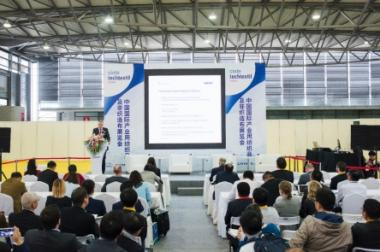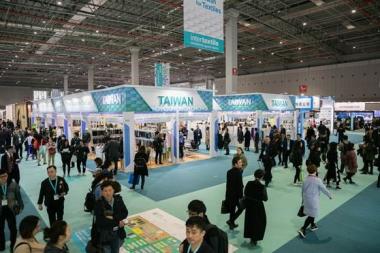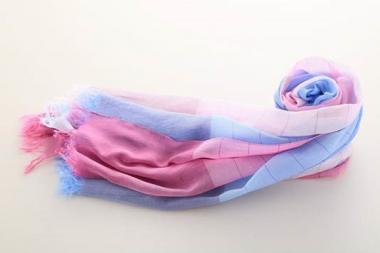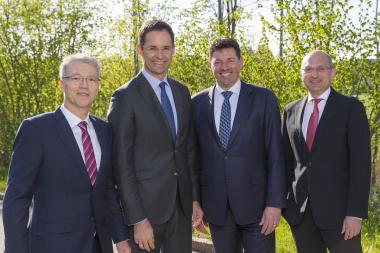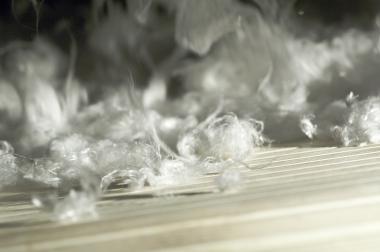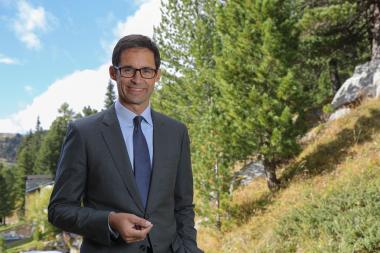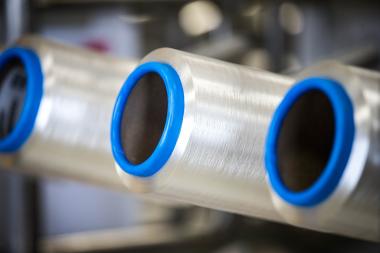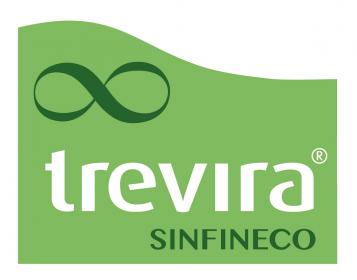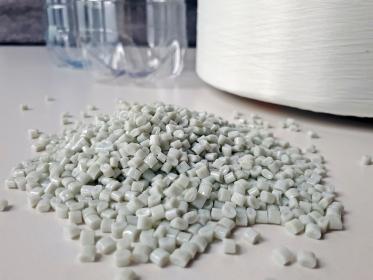Demand for European technical textiles attracts leading companies to Cinte Techtextil China
Exhibitors from eight countries have already confirmed to participate in the fair’s European Zone. They join an expected 500-plus total exhibitors from around the world. The 2018 edition of this biennial fair takes place from 4 – 6 September in halls N1 – N3 of the Shanghai New International Expo Centre.
While China retains its edge in terms of technical textiles and nonwovens production capabilities, in the eyes of Chinese buyers, European suppliers are still the leaders when it comes to technology and innovation. This was widely reported by European exhibitors at the previous edition in 2016 of Asia’s leading biennial trade event for the industry: Cinte Techtextil China.
“In the Chinese market, buyers want good quality products, so overseas companies, and products with recognised quality certifications, have a lot of potential,” Ms Ping Chen, General Manager of IBENA Shanghai Technical Textiles commented. “As a leading German company in the industry, our products are welcomed by many buyers at this fair. It is also important to be in the German Pavilion as this signals to buyers that we have quality products, and it attracts more attention.” Swiss firm Sanitized AG had the same experience. “As a Swiss company in the European Zone I believe it’s an advantage, as some local buyers have more confidence towards imported products,” Mr Steven Liu, Sales Manager said.
Other exhibitors commented on the long-term trends in the Chinese market. “There’s a definite shift to more high-quality machinery in China that isn’t affected by what’s happening in the overall economy. Moreover, there are opportunities for overseas suppliers as there is still a gap between us and what Chinese companies produce,” Dr Joachim Binnig, Vice President, Head of Development & Technology, Autefa Solutions Germany GmbH explained.
Mr Roger Zhang, Sales Manager for German firm J.H. Ziegler Nonwovens and New Materials commented: “Our products are mainly for high-end Chinese customers, such as BMW and Audi. The Chinese market has gradually matured, but the production capability for high-performance products which are energy efficient and eco-friendly is still developing, so there is a lot of space for overseas brands to develop here.”
European Zone highlights
This year’s European Zone will feature around 30 exhibitors from eight countries, including Austria, Belgium, the Czech Republic, France, Italy, the Netherlands, Sweden, Switzerland and the UK, while further exhibitors can be found in national pavilions from Belgium, the Czech Republic, Germany and Italy. Some of the exhibitor highlights in the European Zone include:
- Arkema (France): with brands including PMMA Altuglas, Rilsan, Pebax, Kynar PVDF and Bostik, they will present polymer resin for fibres and yarns, which apply to a wide range of applications, at the fair.
- Dakota Coating (Belgium): specialists in thermoplastic and thermosetting adhesives, their polymer products, based on polyethylene, polyolefin or mixtures, ethylene vinyl acetates, co-polyamides, polyurethanes and co-polyesters, are suitable for automotive, building, heat transfer and sound insulation uses.
- Lenzing Plastics (Austria): a new exhibitor at the fair, they are a leading manufacturer of polyolefin and fluoropolymer products, such as Thermoplast and PTFE products. One of their core competencies lies in the monoaxial stretching of films and filaments, and they offer special solutions in the fields of construction & insulation, medicine & hygiene, packaging and cables, as well as automotive and technical textiles. They will highlight their PROFILEN® PTFE product at the fair, and with its extreme durability and very smooth surface, it is highly valued in many niche applications in the technical and medical sectors.
- Protechnic (France): leading manufacturers of hot-melt adhesives and plastic printed films, they will showcase hot melt thermo-adhesive nets, webs and films at the fair.
- Trelleborg Coated Systems (Italy): another new exhibitor this edition, they produce high-performance, engineered coated fabrics. They offer a wide variety of substrates – from Kevlar® to silk – with a choice of weaving methods.
European Zone european technincal textiles Shanghai New International Expo Centre Cinte Techtextil China
Messe Frankfurt


